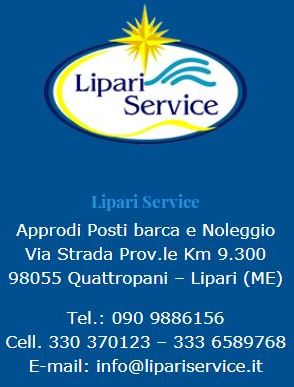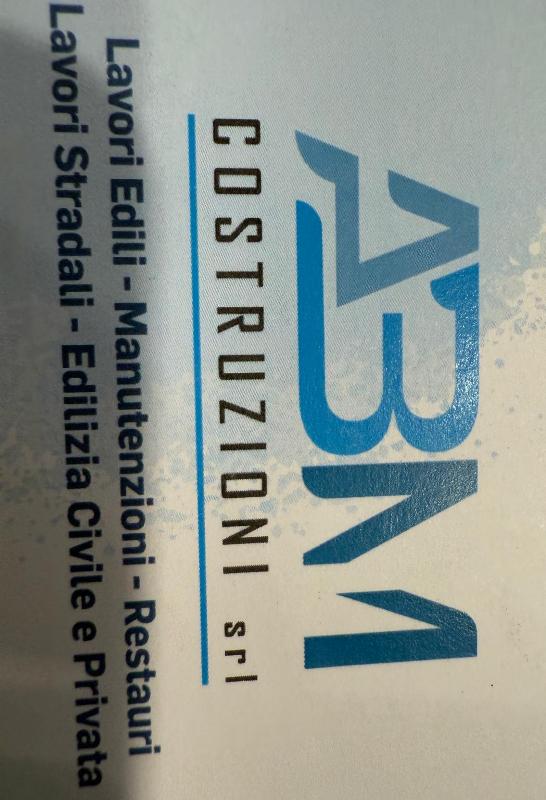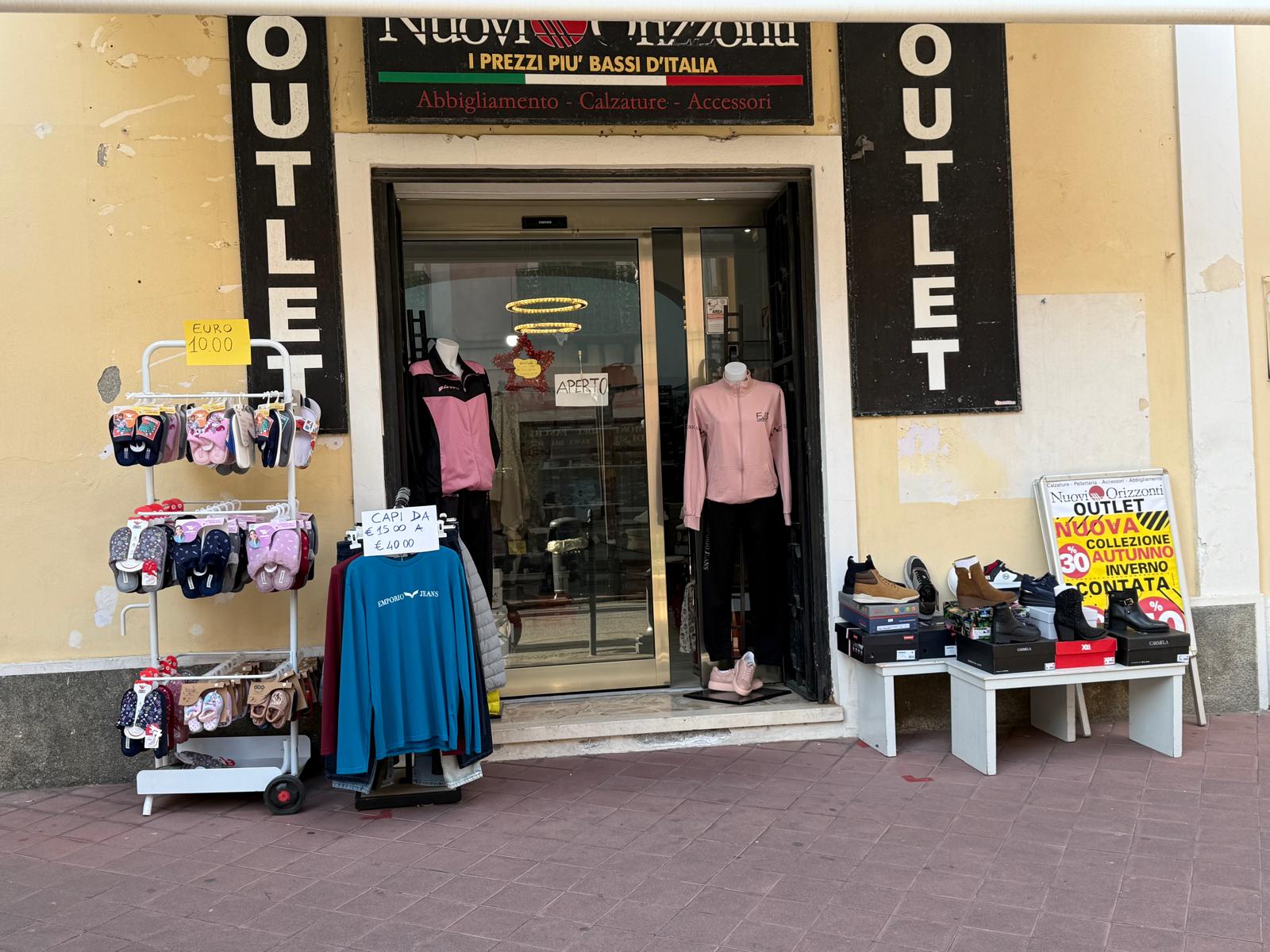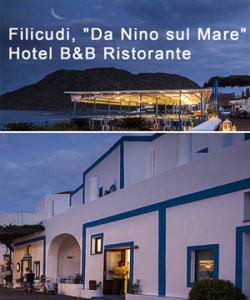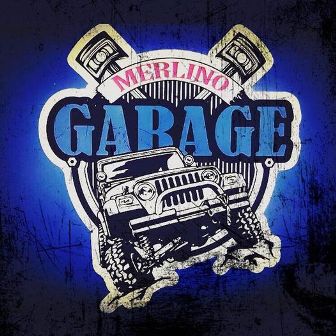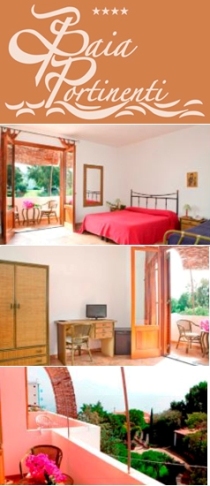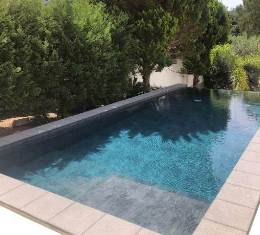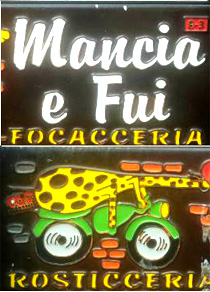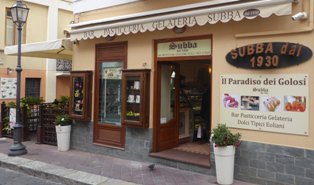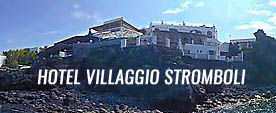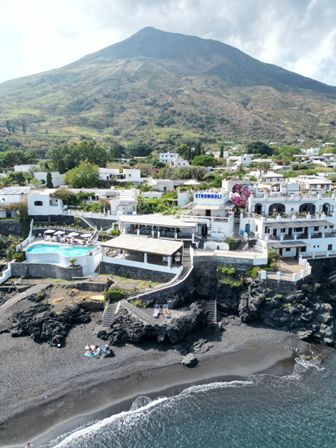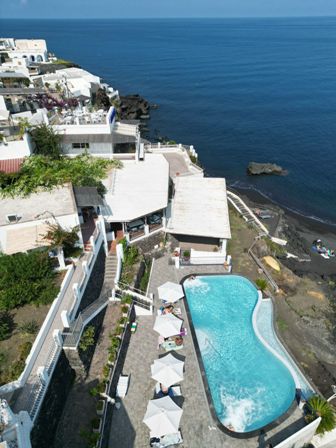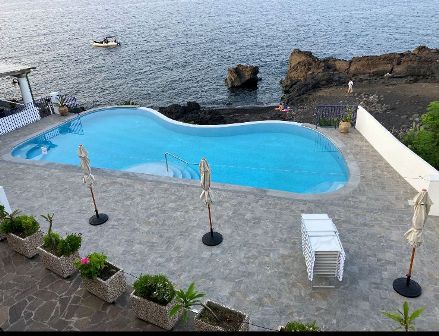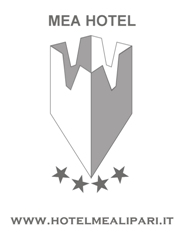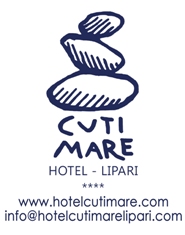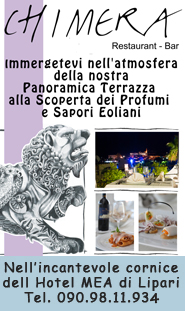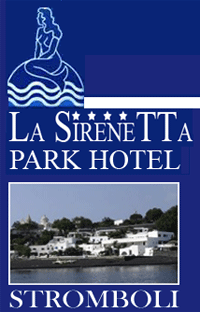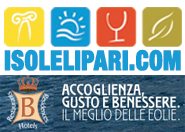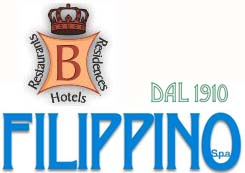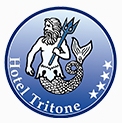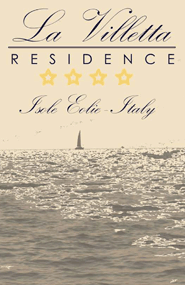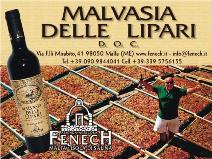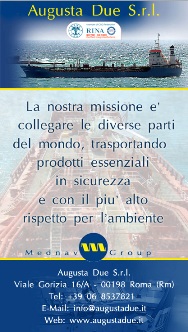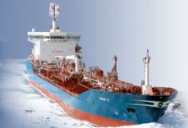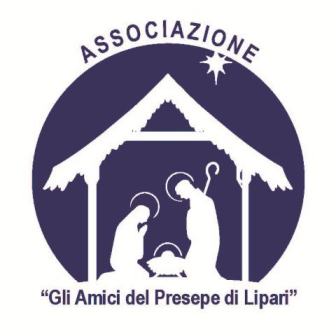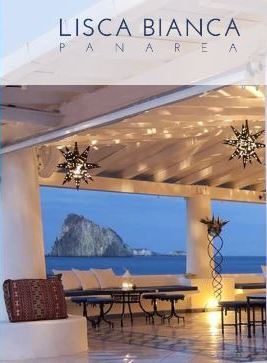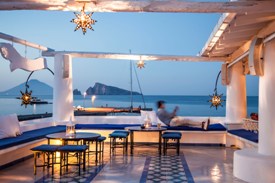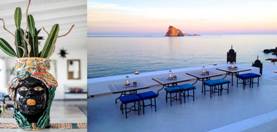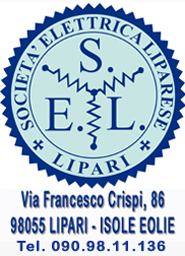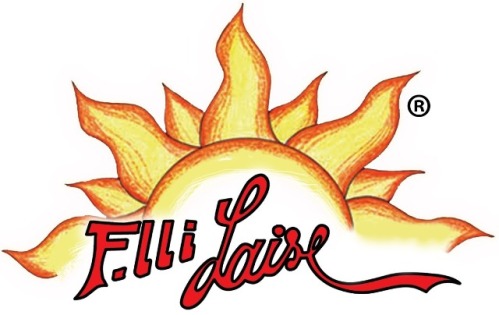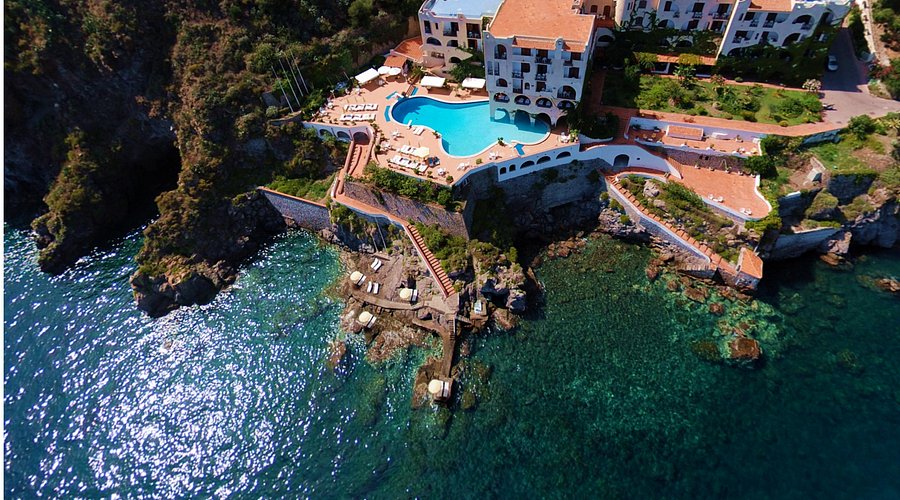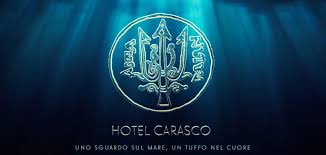
di Alessandro Giustolisi
Ecco l'articolo apparso sul giornale online greco "Greekreporter-com"
Le Isole Eolie e la loro antica eredità greca
di Alessandro Gale
9 marzo 2023
Le Isole Eolie sono un insieme di sette isole nel Mar Tirreno, a nord della Sicilia. Anticamente le isole furono colonizzate e abitate dagli antichi greci
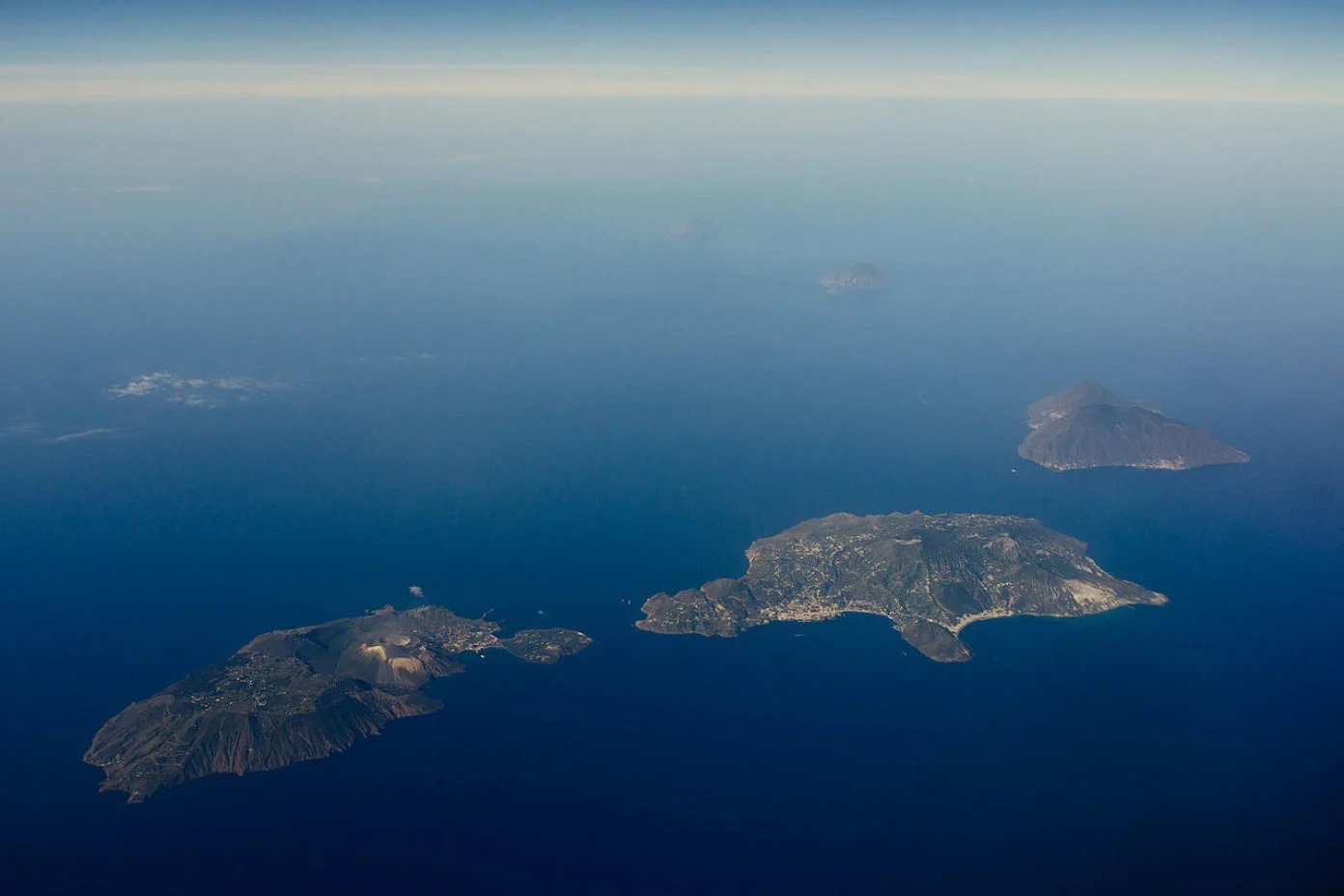
Le isole svolgono anche un ruolo interessante nella mitologia greca . Erano legati a due dei, Eolo ed Efesto, l'ultimo dei quali si dice abbia aiutato Ulisse durante il suo arduo viaggio per tornare a casa.
A causa della loro posizione strategica tra la Sicilia e la terraferma italiana, le Isole Eolie furono contese tra romani, cartaginesi e coloni greci.
insediamento greco
Gli antichi nomi delle sette Isole Eolie erano Lipara (Lipari), Strongyle (Stromboli), Hiera (Vulcano), Didyme (Salina), Euonymos (Panarea), Erikussa (Alicudi) e Phoinikussa (Filicudi).
I primi abitanti delle isole sembrano essere stati una combinazione di tribù italiche e coloni greci , anche se è difficile ricostruire la storia dell'età del bronzo delle isole. I primi coloni potrebbero essere giunti nelle isole dalla Sicilia tra il 4000 e il 2500 a.C.
Grecian Delight sostiene la Grecia
L'esistenza di ceramiche micenee nella documentazione archeologica della tarda età del bronzo delle isole suggerisce un forte legame con l'antica Grecia . Tra il 1600 e il 1200 a.C. sembra che i Greci si siano stabiliti nelle Isole Eolie.
I primi coloni greci approfittarono dei diffusi depositi di ossidiana , creati dall'attività vulcanica sulle isole. Gli antichi greci, che erano abili marinai, commerciavano ossidiana attraverso il Mediterraneo.
Data la loro posizione tra la Sicilia e la terraferma dell'Italia meridionale, anch'essa ampiamente abitata dai Greci, le Isole Eolie erano in una buona posizione per il commercio marittimo e consentivano ai Greci di commerciare con altre civiltà come gli Etruschi .
Sebbene il periodo precedente della storia delle isole non sia abbastanza chiaro, l'insediamento greco fu saldamente stabilito intorno al 600 a.C. Una colonia fu fondata a Lipara da coloni di Knidos , un'antica città greca dell'Asia Minore.
Si pensava che gli stessi coloni di Knidos fossero originariamente Lacedemoni (Spartani). L'insediamento si estese alle altre isole ad eccezione di Hiera, che era troppo ricca di zolfo. Tuttavia, questa era anche una lucrosa fonte di commercio per le Eolie.
Le Isole Eolie nella mitologia
Nella mitologia greca , le isole prendono il nome dal dio Eolo che era il divino custode dei venti e sovrano della mitica isola di Aeolia.
Nell'Odissea di Omero, l'eroe omonimo visita Eolo sulla sua mitica isola durante il suo disperato viaggio verso Itaca . Per aiutarlo nel suo viaggio, Eolo dà a Odisseo una borsa contenente tutti i venti di tempesta.
Tuttavia, i compagni di Odisseo aprono la borsa alla ricerca del tesoro. Di conseguenza, la nave viene respinta fino ad Aeolia.
A causa dell'attività vulcanica sulle Isole Eolie – in particolare Strongyle e Hiera – gli antichi Greci e Romani pensavano che Efesto (Vulcano), il dio dei fabbri e dei metalmeccanici, vi tenesse un ingresso alle sue fucine.
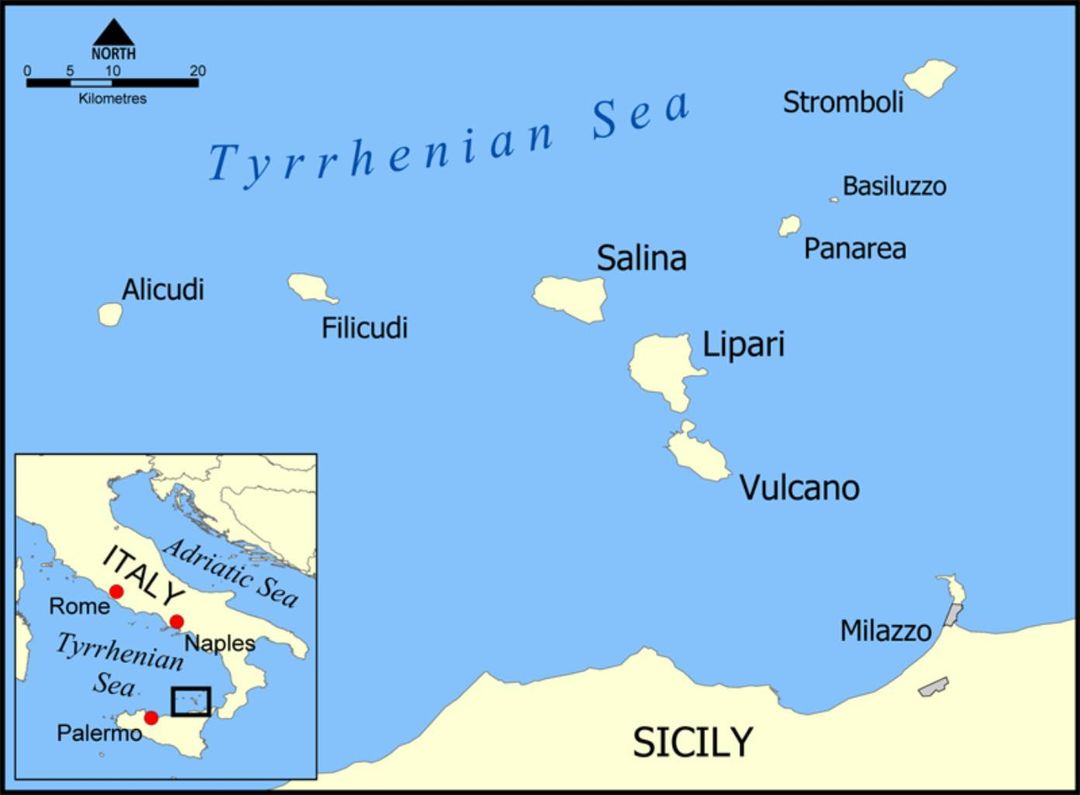
The Aeolian Islands and Their Ancient Greek Heritage
By Alexander Gale
The Aeolian Islands are a collection of seven islands in the Tyrrhenian Sea, north of Sicily. In ancient times, the islands were colonized and inhabited by the ancient Greeks.
The islands also play an interesting role in Greek mythology. They were linked with two gods, Aeolus and Hephaestus, the latter of whom is said to have aided Odysseus during his arduous journey to return home.
Due to their strategic position between Sicily and the Italian mainland, the Aeolian Islands were hotly contested between the Romans, Carthaginians, and Greek settlers.
Greek settlement
The ancient names of the seven Aeolian Islands were Lipara (Lipari), Strongyle (Stromboli), Hiera (Vulcano), Didyme (Salina), Euonymos (Panarea), Erikussa (Alicudi), and Phoinikussa (Filicudi).
The early inhabitants of the islands appear to have been a combination of Italic tribes and Greek settlers, although piecing together the islands’ bronze age history is difficult. The earliest settlers may have come to the islands from Sicily between 4000 and 2500 BC.
Grecian Delight supports Greece
The existence of Mycenean ceramics in the islands’ late bronze age archaeological record suggests a strong connection with ancient Greece. Sometime between 1600 and 1200 BC, Greeks appear to have settled on the Aeolian Islands.
The early Greek settlers took advantage of the widespread obsidian deposits, created by volcanic activity on the islands. The ancient Greeks, who were capable seafarers, traded obsidian across the Mediterranean.
Given their position between Sicily and the mainland of southern Italy, which was also widely settled by Greeks, the Aeolian Islands were in a good position for maritime commerce and enabled the Greeks to trade with other civilizations like the Etruscans.
Although the earlier period of the islands’ history is quite unclear, Greek settlement was firmly established by around 600 BC. A colony was founded on Lipara by settlers from Knidos, an ancient Greek city in Asia Minor.
The settlers from Knidos were themselves thought to have originally been Lacedaemonians (Spartans). Settlement spread to the other islands with the exception of Hiera, which was too high in sulfur. However, this was also a lucrative source of trade for the Aeolians.
The Aeolian Islands in mythology
In Greek mythology, the islands were named after the god Aeolus who was the divine keeper of the winds and ruler of the mythical isle of Aeolia.
In Homer’s Odyssey, the eponymous hero visits Aeolus on his mythical isle during his desperate voyage home to Ithaca. To help him on his journey, Aeolus gives Odysseus a bag containing all of the storm winds.
However, the companions in Odysseus open the bag in search of treasure. As a result, the ship is blown all the way back to Aeolia.
Due to the volcanic activity on the Aeolian Islands – particularly Strongyle and Hiera – the ancient Greeks and Romans thought that Hephaestus (Vulcan), the god of blacksmiths and metalworkers, kept an entrance to his forges there.


 393.97.18.272 - 393.97.18.431
393.97.18.272 - 393.97.18.431






